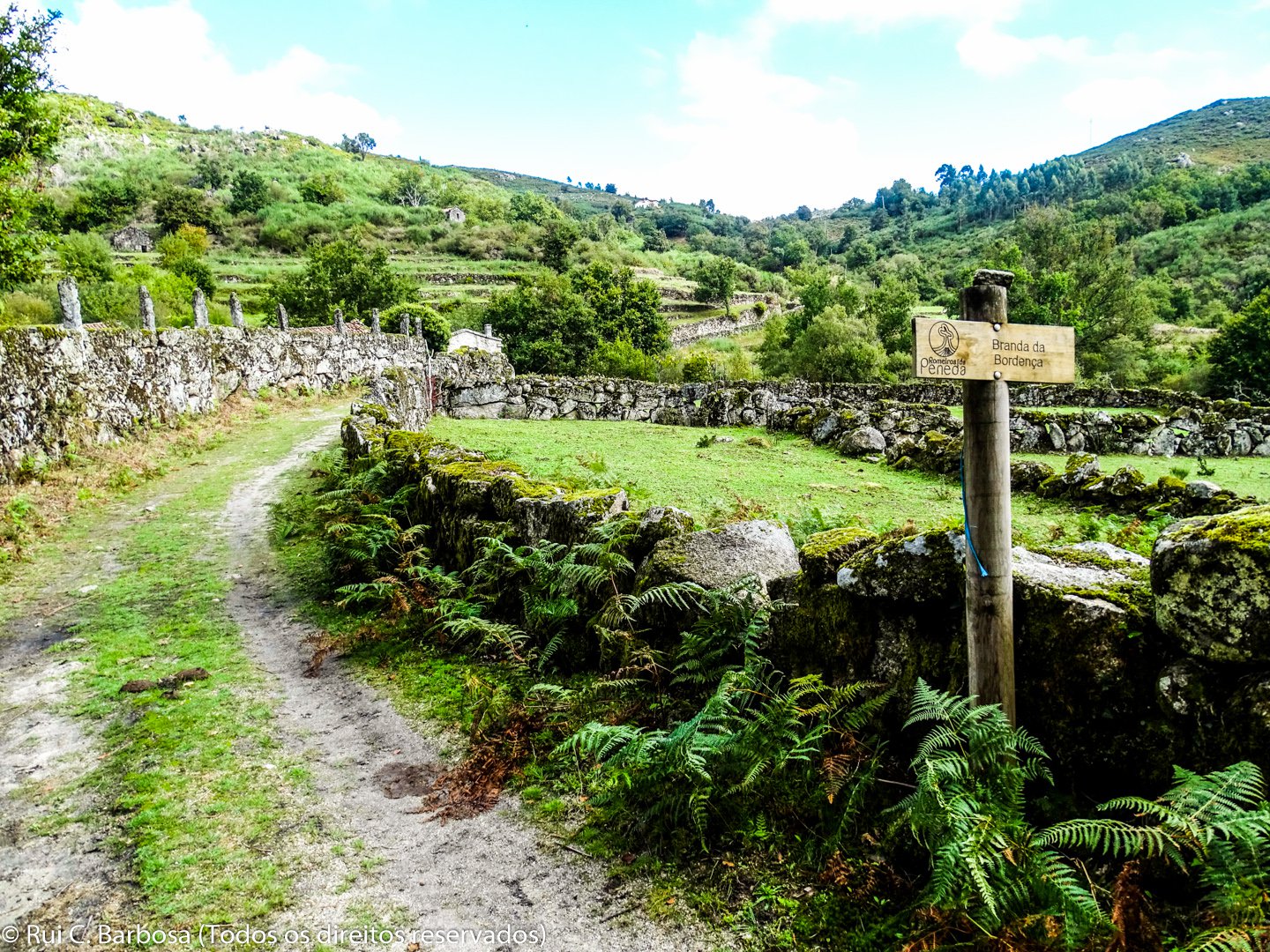In this mountainous area we can find the truly authentic heritage of the summer pastures and shelters for cattle (brandas) and small nuclei of temporary dwellings, occupied by the local people during spring/summer when these upland areas have more favourable conditions for feeding livestock. Unlike the brandas of Castro Laboreiro, the brandas of the Serra do Soajo and the Serra da Peneda are essentially just for cattle grazing and are located in higher altitiude pastures.
The size and type of construction varied in accordance with the level of use, number of families and degree of permanence and whether or not crop cultivation was carried out at the same time. Thus we can find brandas with very rudimentary buildings and where there are only small constructions to shelter the shepherds, byres and attached stone enclosures or fences for livestock, near to the grazing areas. Others, however, have larger, more robust buildings sometimes with enhanced architecture and with paths/tracks laid out within the settlement, with farmed areas - usually small plots contiguous to dwellings or more extensive and concentrated in meadows near to the dwellings. All brandas have certain common characteristics: close to water and areas of natural pasture, sheltered locations with good solar exposure.
Bordença was one of these brandas, belonging to Soajo. Currently it no longer has this function, although some of its fields continue to be cultivated and grazed.
The place transposes us to other times. More than bucolic, it is almost mystical. Even for those who are not familiar with brandas, we can easily imagine the scenes lived here, the busy daily life of the occupants in animal husbandry and in their fields. This branda could not resist the decline and loss of importance of agriculture, rural depopulation and emigration. Today there remain no more than walls, paths and the beautiful medieval bridge over the Bordença stream, all still a relatively well-preserved heritage.
However, the visit to this spot is always a highlight of the route, its history and symbol of local culture together with its exceptional landscape and the highlight of the Bordença river.












